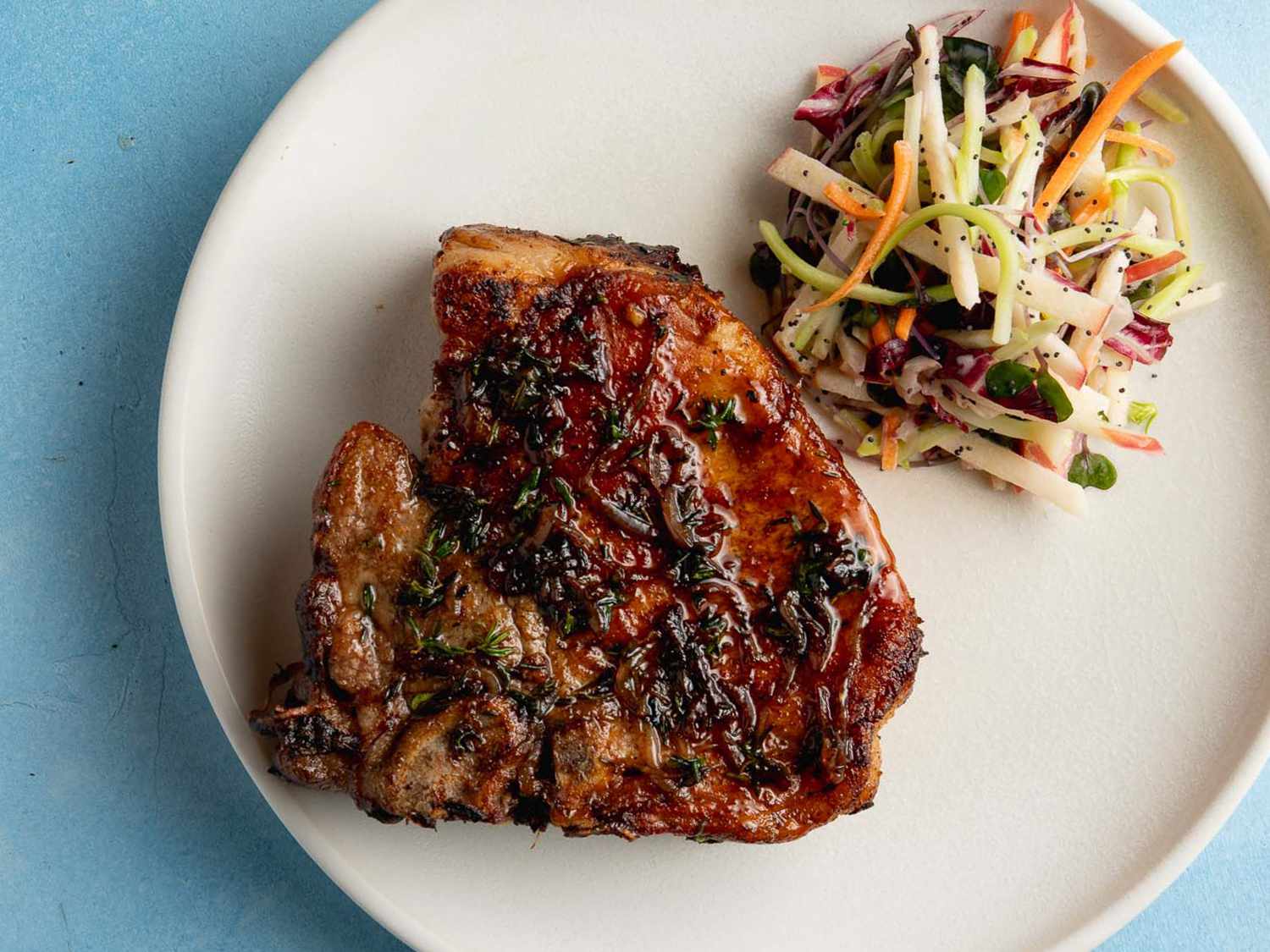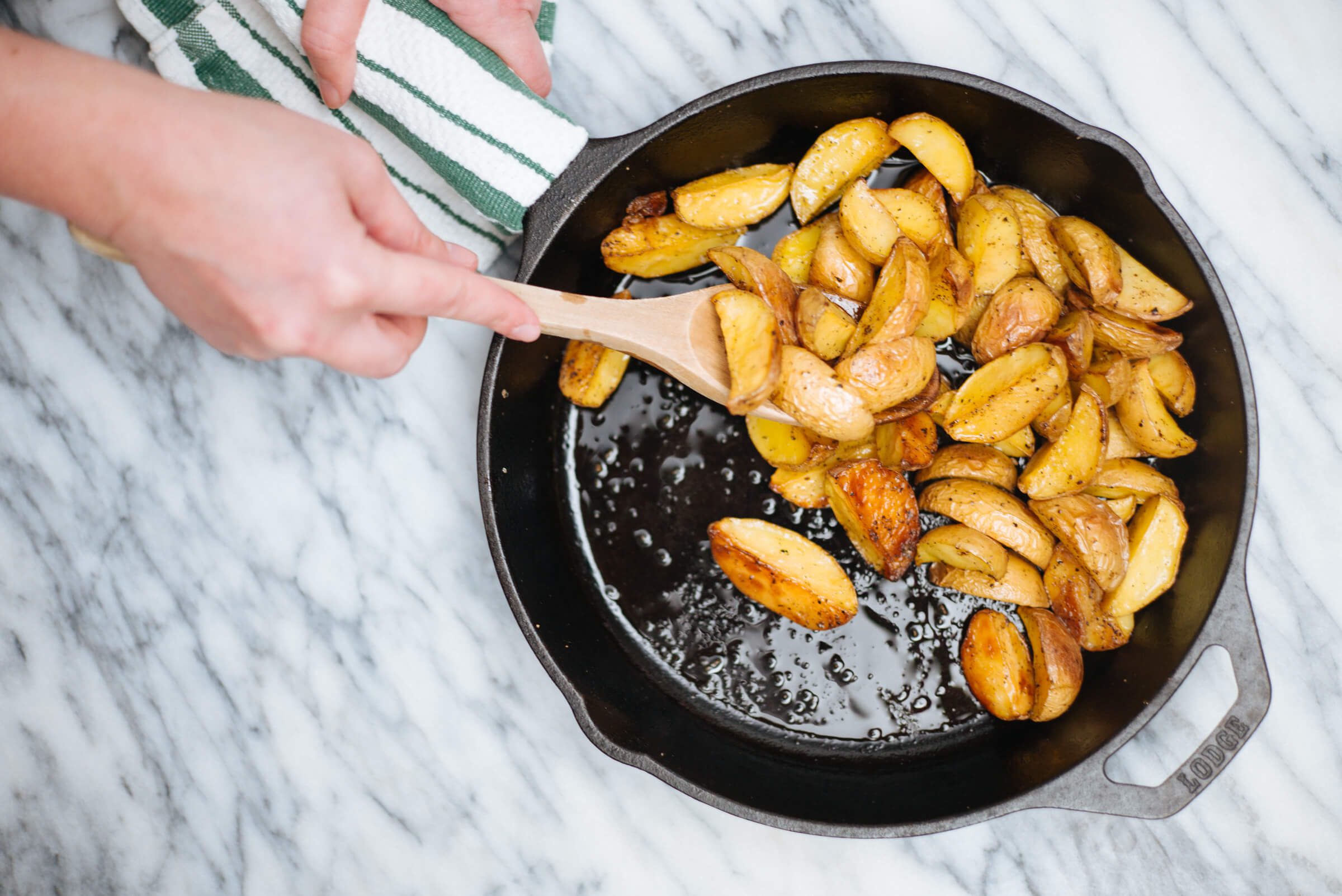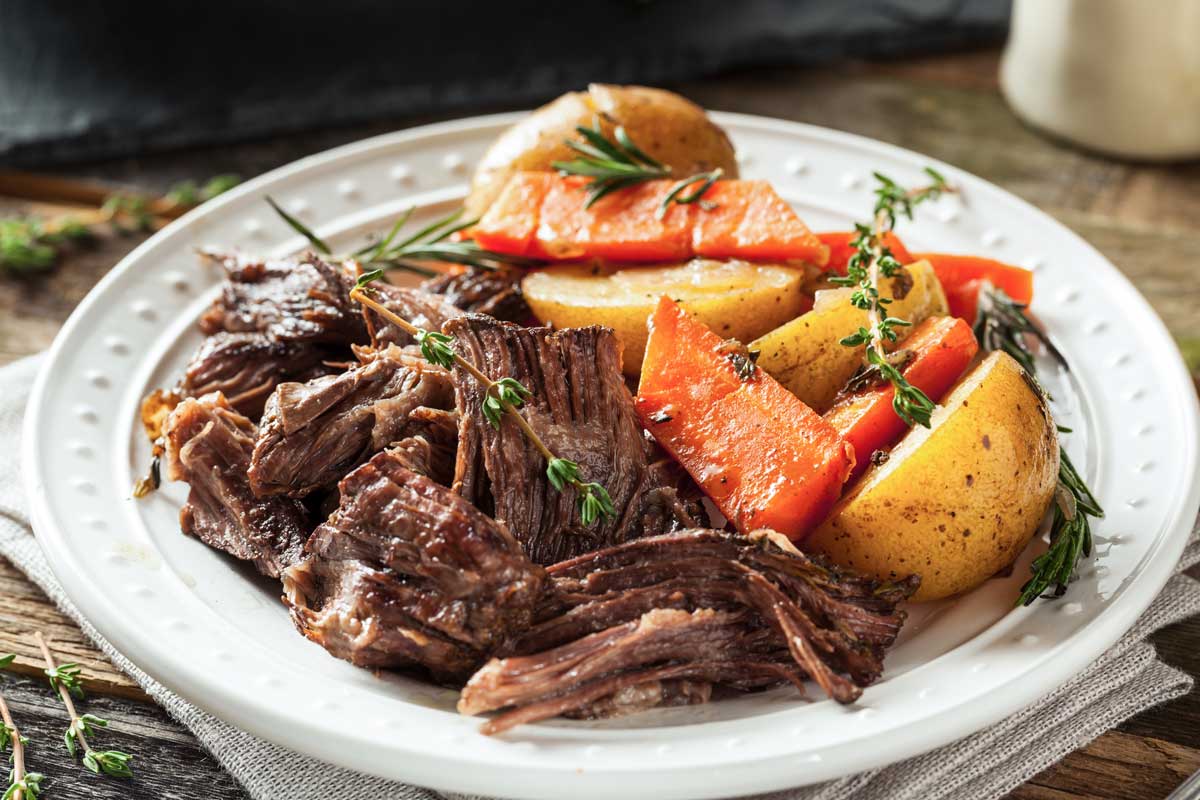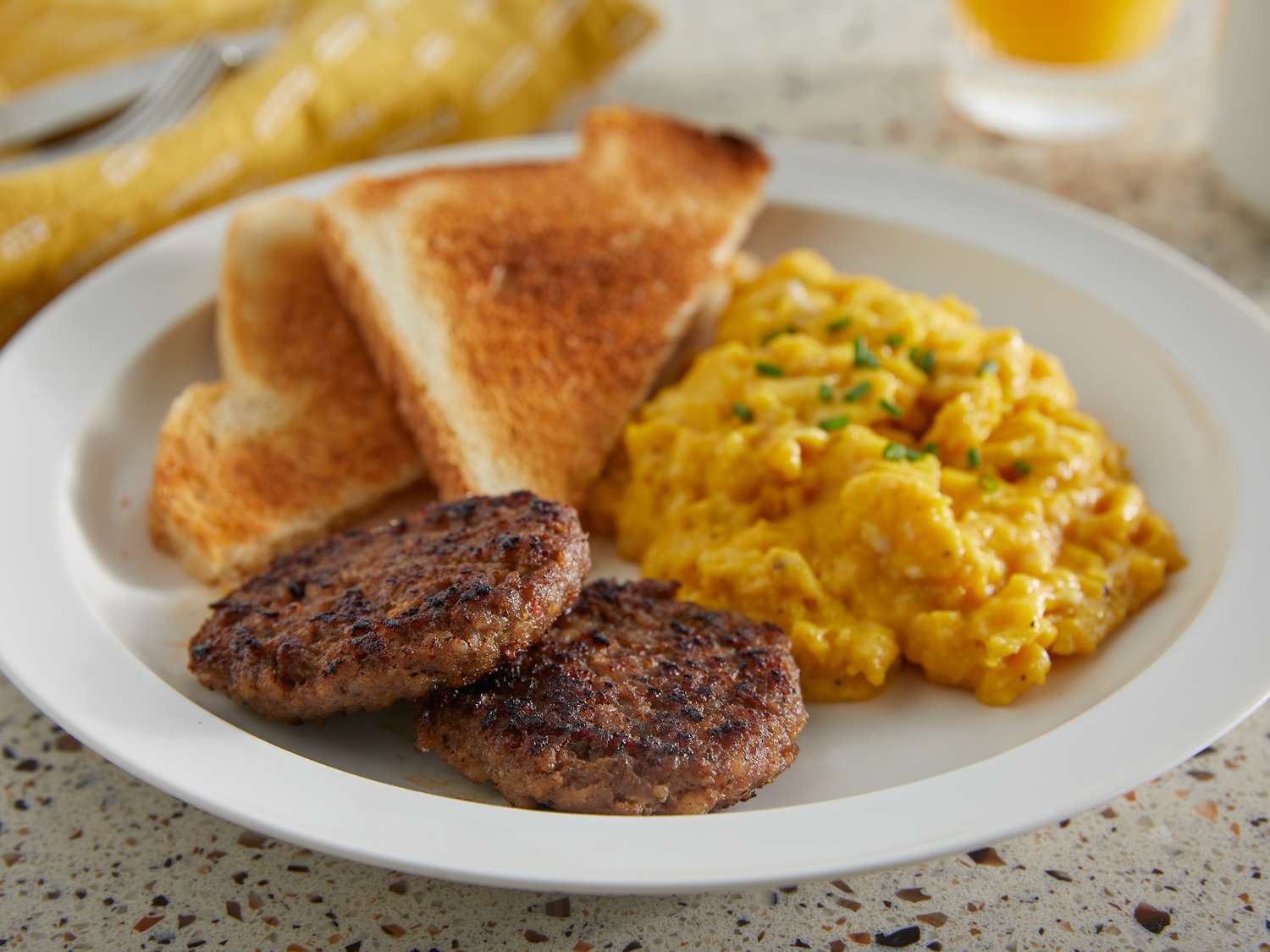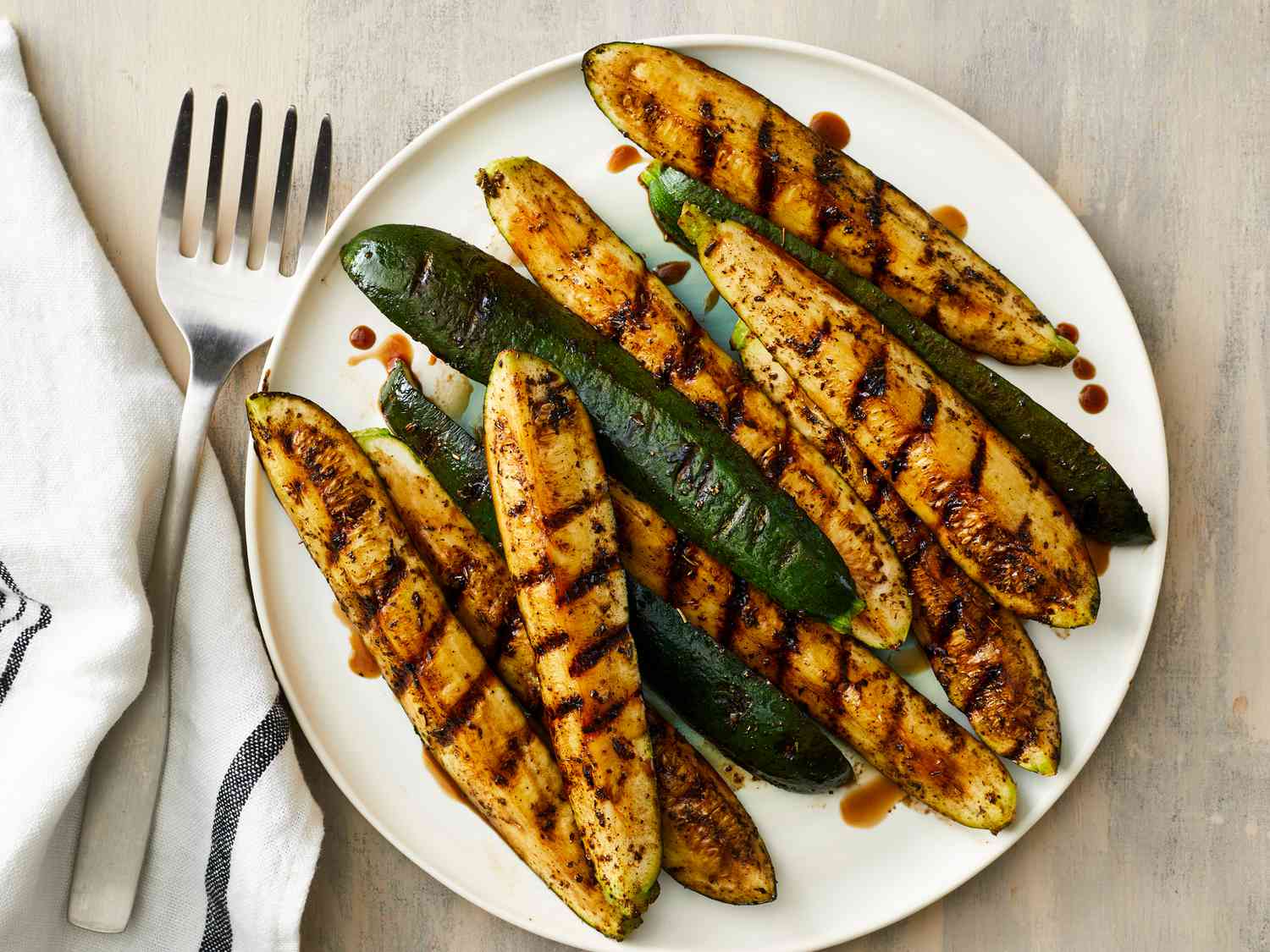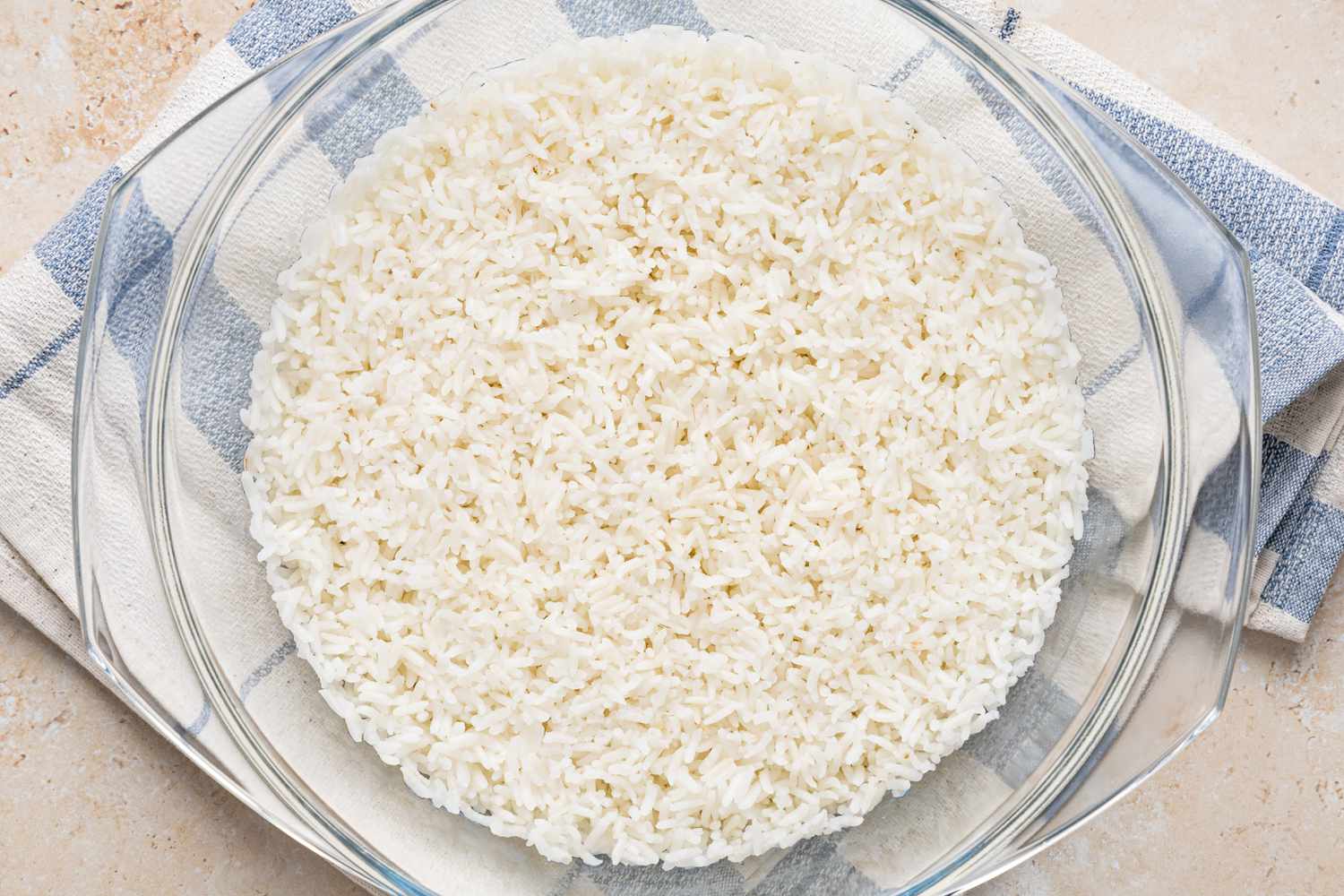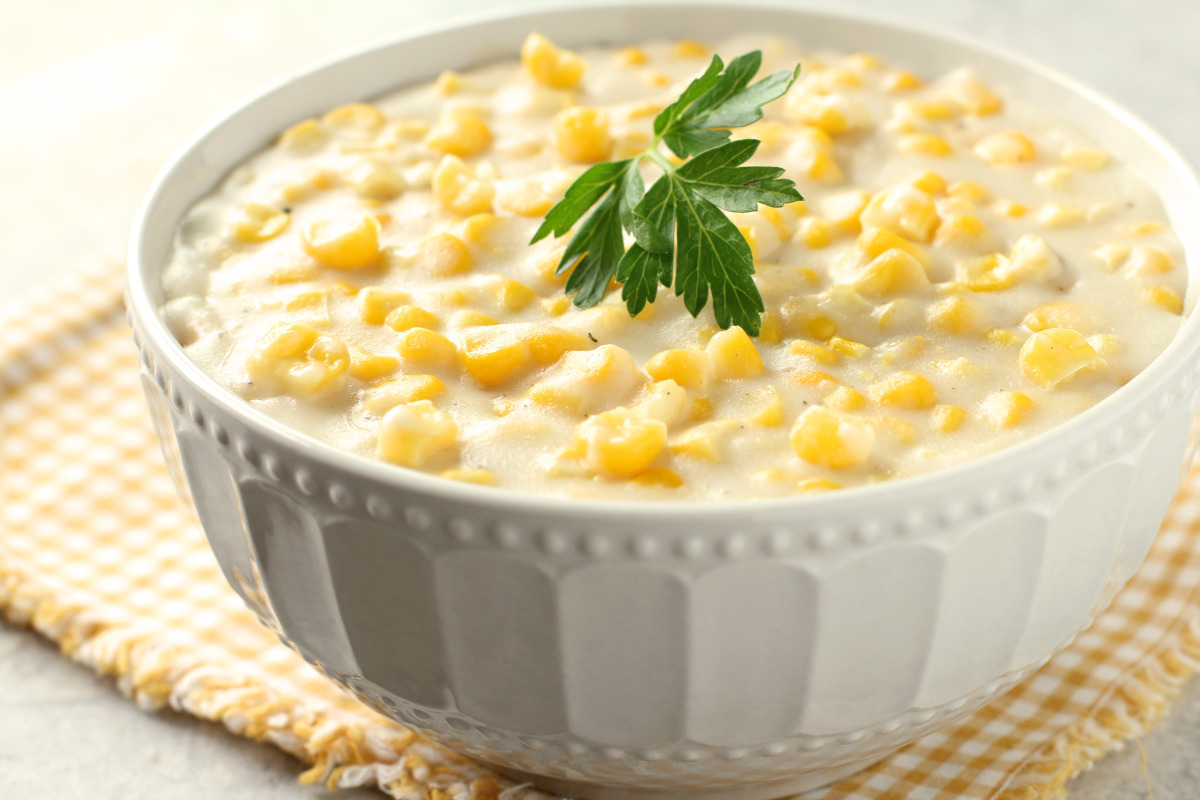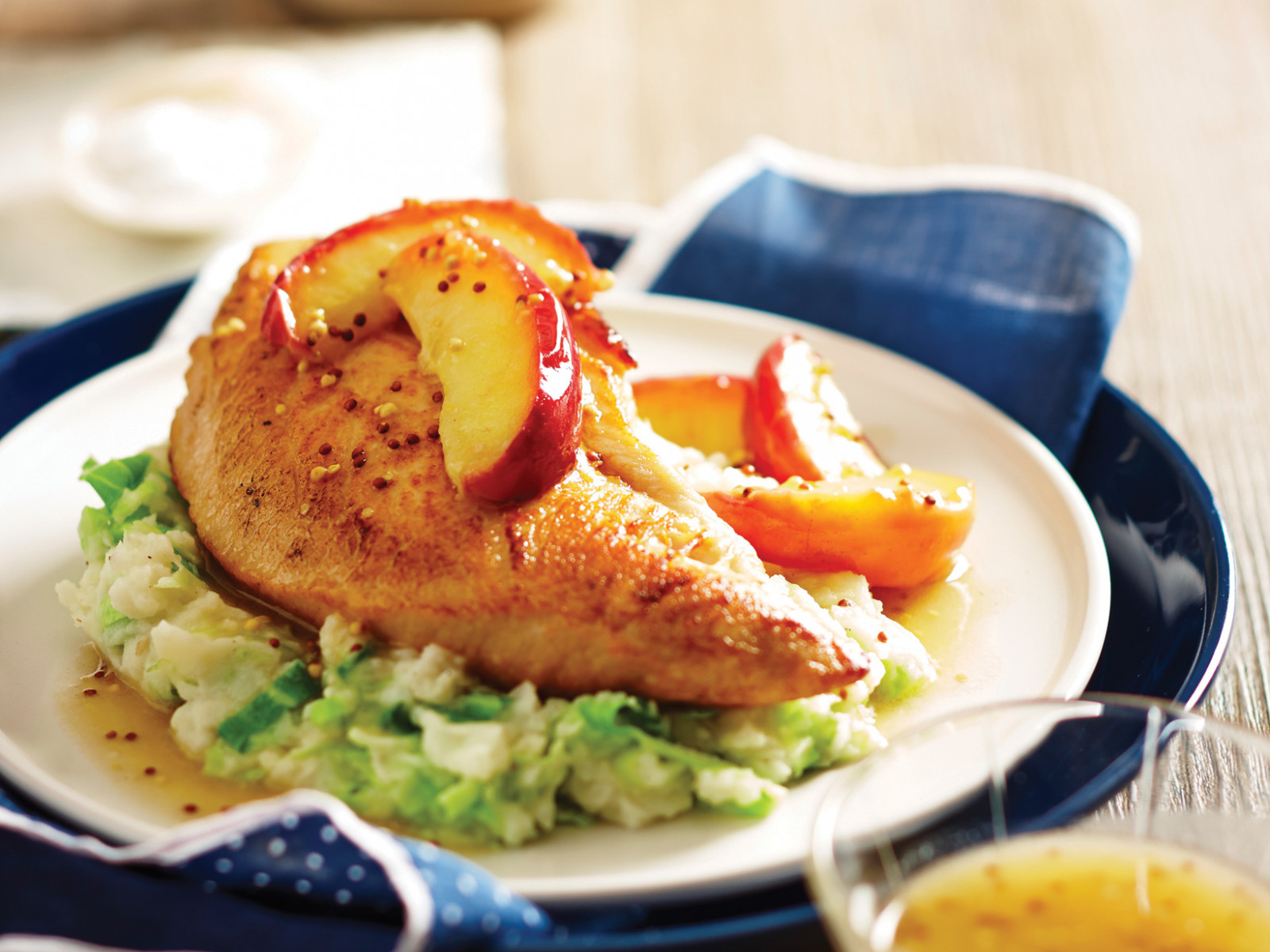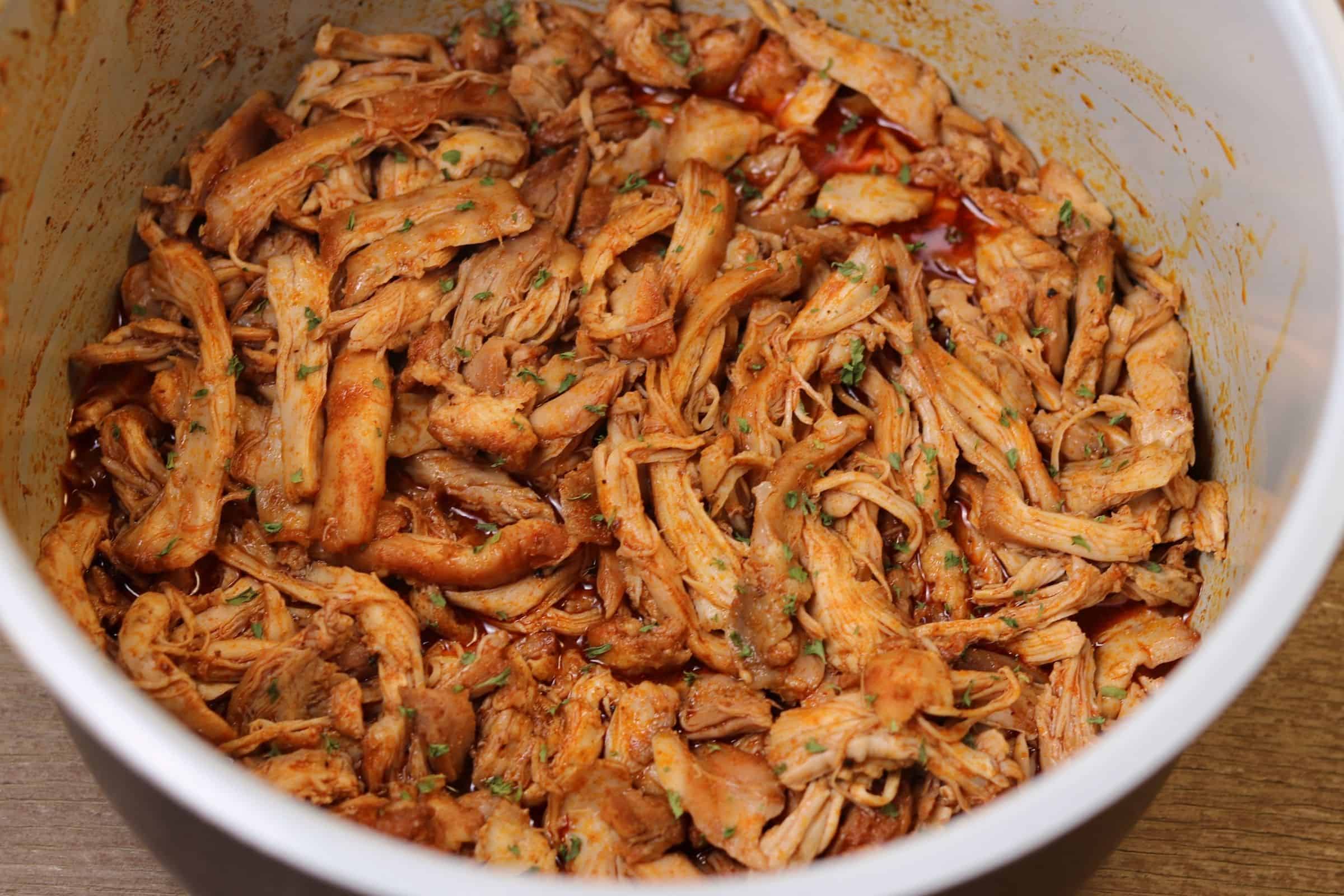Mastering the Art of Oven-Baked Beef Jerky
Are you craving a delicious and nutritious snack? Look no further than homemade beef jerky! While traditionally prepared over an open fire or using a food dehydrator, did you know that you can make mouthwatering beef jerky in the comfort of your own kitchen oven? In this article, we will guide you through the step-by-step process of preparing delectable beef jerky that will have your taste buds rejoicing.
Why Choose the Oven Method?
Using the oven to make beef jerky offers several advantages. For starters, it allows for better control over temperature and timing, ensuring even cooking. Additionally, the oven method is convenient and accessible to anyone with a basic kitchen setup. So, let’s get started on this culinary adventure!
Gather Your Ingredients
Before diving into your beef jerky masterpiece, let’s round up the necessary ingredients:
- 1.5-2 pounds of lean beef (such as top round or sirloin), thinly sliced
- ¼ cup soy sauce
- 2 tablespoons Worcestershire sauce
- 2 tablespoons honey
- 1 teaspoon smoked paprika
- 1 teaspoon garlic powder
- 1 teaspoon onion powder
- ½ teaspoon black pepper
- Optional seasonings: chili powder, cayenne pepper, or your favorite blend
The Marination Process
To infuse your beef jerky with sensational flavors, a marination process is key. Combine the soy sauce, Worcestershire sauce, honey, smoked paprika, garlic powder, onion powder, and black pepper in a bowl. Mix the marinade thoroughly until well combined.
Place the thinly sliced beef into a resealable bag or a shallow dish. Pour the marinade over the beef, ensuring that each slice is coated evenly. Seal the bag or cover the dish with cling wrap, then let it marinate in the refrigerator for at least 4 hours. For a bolder flavor, marinate overnight.
Prepping and Cooking the Beef
Once your beef has marinated to perfection, it’s time to start cooking:
- Preheat your oven to 175°F (80°C). Low and slow is the name of the game for tender and flavorful jerky.
- Remove the beef slices from the marinade and pat them dry with a paper towel to remove excess moisture.
- Place the beef slices directly onto oven racks lined with aluminum foil or a baking sheet. Ensure the slices are evenly spaced and not touching each other.
- Cook the beef jerky in the preheated oven for 3-4 hours. To ensure it is fully dehydrated, you can leave the oven door slightly ajar to allow moisture to escape.
- After the initial cooking time, check the texture and desired level of dryness. If needed, continue cooking for an additional 30 minutes to an hour, checking regularly.
- Once the jerky reaches your preferred level of dryness, remove it from the oven and let it cool completely.
Enjoying Your Homemade Beef Jerky
Now that your homemade beef jerky has cooled, it’s time to savor the fruits of your labor. Store it in an airtight container or sealable bags to maintain its freshness. Homemade beef jerky can last for up to 2 weeks, although it rarely survives that long due to its irresistible taste.
Whether you’re embarking on a road trip, heading to the gym, or simply need a protein-rich snack, your homemade beef jerky will always come to the rescue. So, gather your ingredients, fire up the oven, and enjoy the mouthwatering journey of making oven-baked beef jerky!
